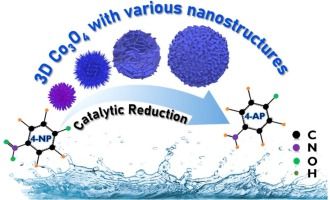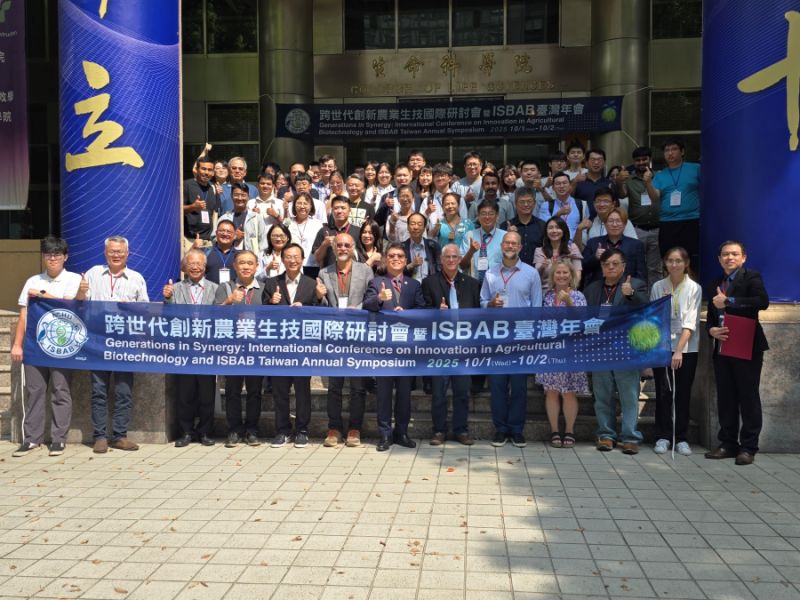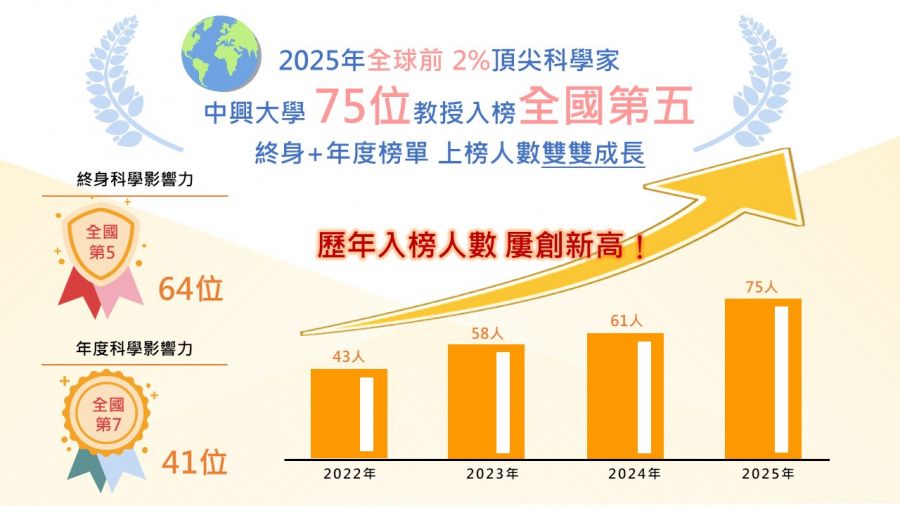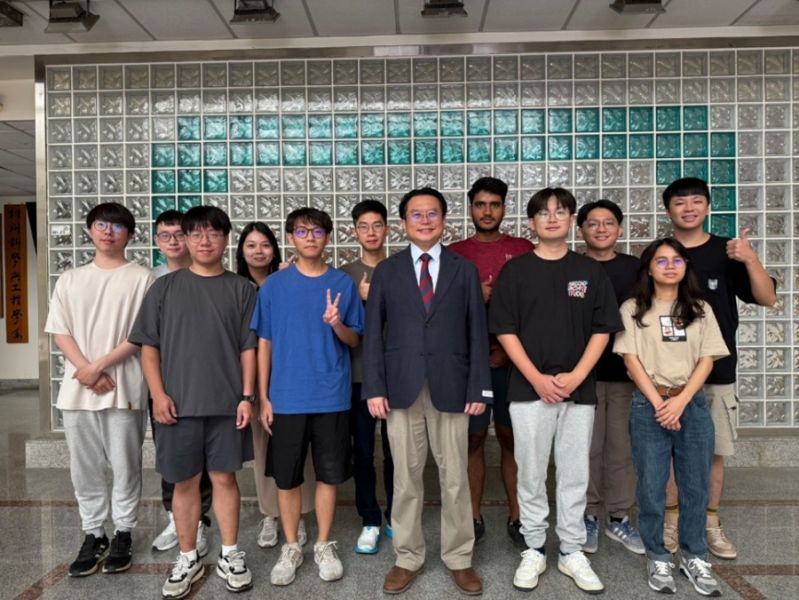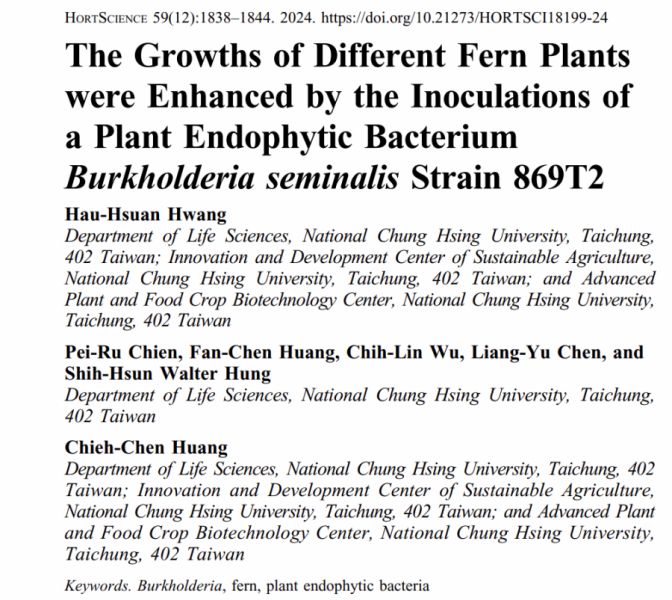循環農業:農業廢棄物高價值化【環境工程學系/林坤儀特聘教授】
| 論文篇名 | 英文:Cobalt Oxides with Various 3D Nanostructured Morphologies for Catalytic Reduction of 4-Nitrophenol: A Comparative Study 中文:具有各種3D納米形態的氧化鈷催化還原4-硝基苯酚的比較研究 |
| 期刊名稱 | JOURNAL OF WATER PROCESS ENGINEERING |
| 發表年份,卷數,起迄頁數 | 2020,37, 101379 |
| 作者 | Chiua, Hsing-Yi; Wi-Afedzi, Thomas; Liu, Yu-Ting*; Ghanbari, Farshid; Lin,Kun-Yi Andrew(林坤儀)* |
| DOI | 10.1016/j.jwpe.2020.101379 |
| 中文摘要 | 催化還原過程代表了一種有前途的方法,可通過將4-NP轉化為4-氨基苯酚(4-AP)來處理有毒的硝基-芳香族污染物4-硝基苯酚(4-NP)。已經投入許多努力來開發用於將4-NP轉化為4-AP的非貴金屬氧化物。由於Co 3 O 4被證明是可用於4-NP還原的非貴金屬催化劑,因此探究Co 3 O 4催化劑的形態-性能-反應性之間的關係對於優化Co 3 O 4的設計至關重要。減少4-NP。因此,Co 3 O 4的催化活性通過研究具有不同納米結構形態的3維(3D)Co 3 O 4催化劑(3DCoOs),包括圓錐形Co 3 O 4(CCO),堆疊式Co 3 O 4( SCO),針狀Co 3 O 4(NCO)和花狀Co 3 O 4(FCO),用於減少4-NP。在所有3D CoO上,與商用Co 3 O 4催化劑相比,在實現4-NP還原方面的活性顯著提高。特別地,CCO表現出最高的催化性能(k = 0.6882 min -1和E a= 37.4kJ mol -1),而FCO表現出最小的催化活性,k= 0.4709min -1和E a=47.1kJ mol -1。這些值遠比通過商業Co 3 O 4和報導的催化劑獲得的值更好。所有四個3DCoO都顯示出穩定的可回收性,並且在五個連續的周期中將4-NP減少了。這些結果和發現表明,3DCoOs無疑是有利的鈷基催化劑,可減少4-NP,並且通過這項研究,形態,性能和反應性之間的關係將被關聯起來,從而為設計和應用3D納米結構Co提供有用的見解。3 O 4催化劑,用於還原4-NP。 |
| 英文摘要 | Catalytic reduction processes represent a promising approach to treat the toxic nitro-aromatic pollutant, 4-nitrophenol (4-NP), via converting 4-NP to 4-aminophenol (4-AP). Many efforts have been invested into developing non-precious metal oxides for the conversion of 4-NP to 4-AP. As Co3O4 is validated as a useful non-precious metal catalyst for 4-NP reduction, it is crucial to probe into the relationship of morphology-property-reactivity of Co3O4 catalysts for optimizing design of Co3O4 for 4-NP reduction. Thus, the catalytic activity of Co3O4 for 4-NP is particularly investigated in this study through examining 3-dimensional (3D) Co3O4 catalysts (3DCoOs) with different nanostructured morphologies, including the conical-Co3O4 (CCO), stacked-Co3O4 (SCO), needled-Co3O4 (NCO) and floral-Co3O4 (FCO), for 4-NP reduction. A remarkably enhanced activity in the reduction of 4-NP is realized over all 3DCoOs than commercial Co3O4 catalysts. In particular, CCO shows the highest catalytic performance (k =0.6882 min-1 and Ea = 37.4 kJ mol-1), whereas FCO exhibits the least catalytic activity, with k =0.4709 min-1 and Ea = 47.1 kJ mol-1. These values are far more superior than those obtained by the commercial Co3O4 and the reported catalysts. All four 3DCoOs also show stable recyclability with complete 4-NP reduction over five successive cycles. These results and findings suggest that 3DCoOs are certainly advantageous Co-based catalysts for 4-NP reduction, and, through this study, the relationship between morphology, property and reactivity would be correlated to offer useful insights to design and apply 3D nanostructured Co3O4 catalysts for 4-NP reduction. |

